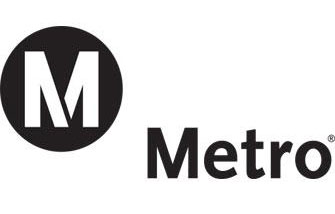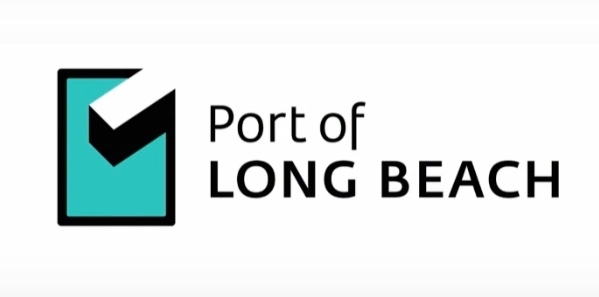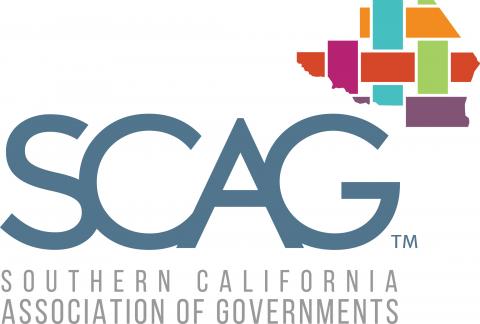Research Projects
Stop the VideoResearch Projects
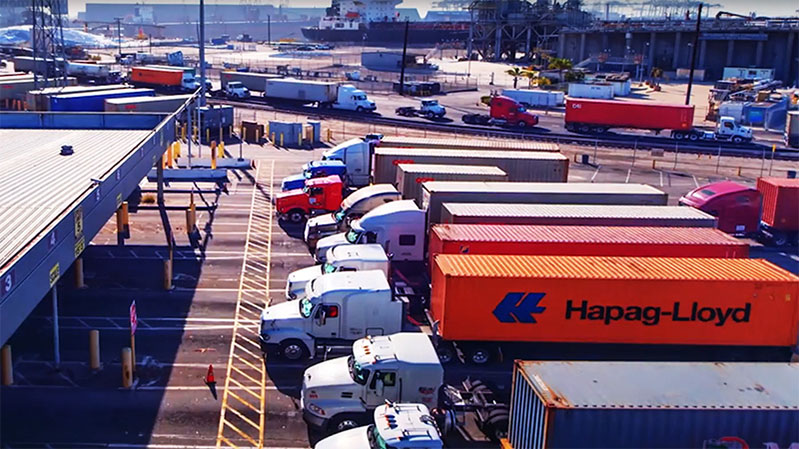
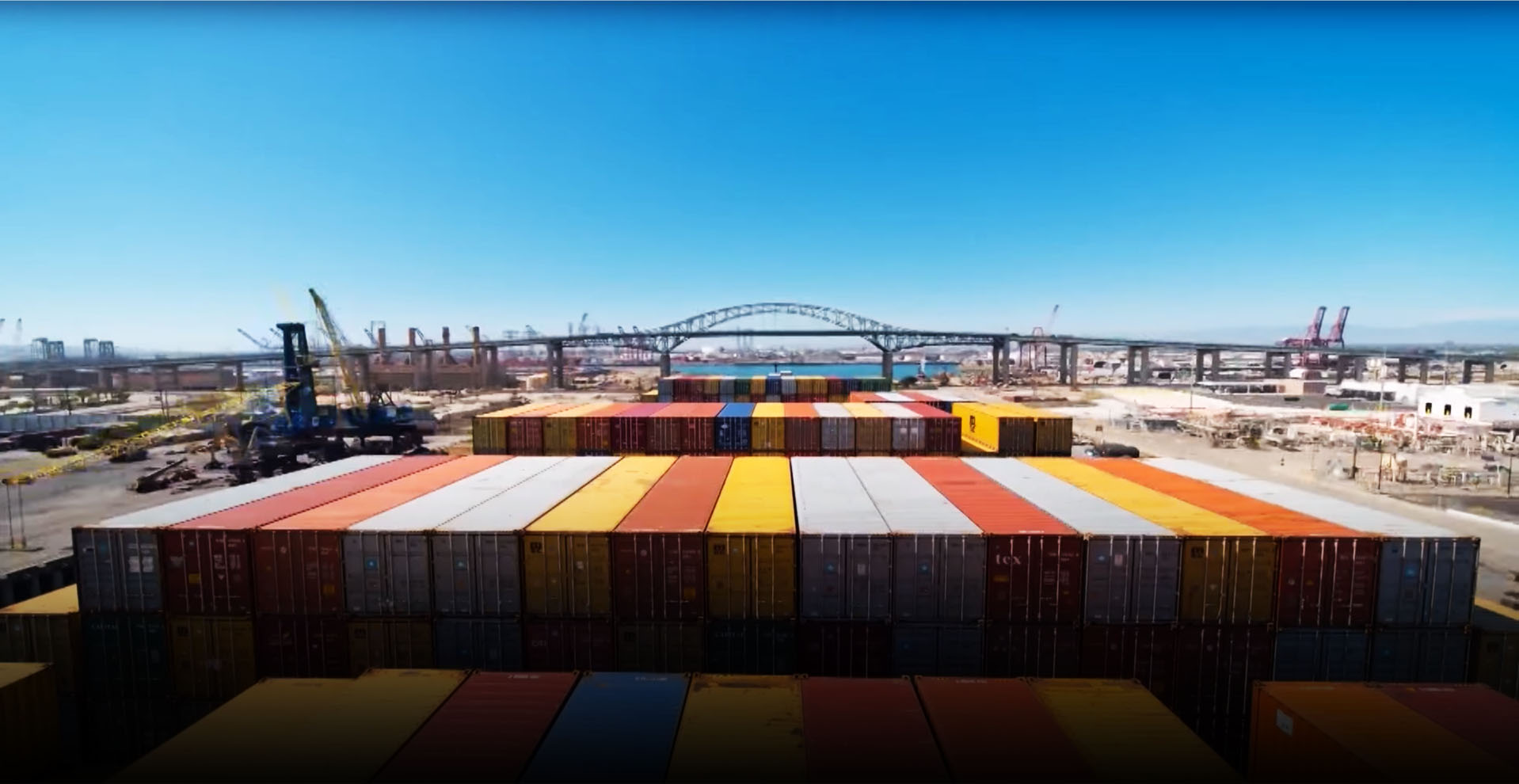
Developing Markets for Zero-Emission Vehicles in Goods Movement
Project Summary
Project Number: NCST-TO-037
Funding Source: Caltrans
Contract Number: 65A0527
Funding amount: $60,000
Performance period: 4/25/2017 to 1/31/2018
Link to report: https://ncst.ucdavis.edu/project/developing-markets-zero-emission-vehicles-short-haul-goods-movement
Project description
This report seeks to establish the market status of zero-emission vehicles (ZEVs) and near-ZEVs, with a focus on medium- and heavy-duty vehicles in the freight sector. Although light-duty electric vehicles are beginning to gain market traction, medium- and heavy-duty electric vehicles intended for hauling loads still face logistic, range, charging, and weight limitations. Existing demonstration projects, reviewed in the following sections, provide insights as to the current extent of these limitations and recent developments in this area, as well as strategies employed in some demonstration projects to make use of these vehicles feasible. In addition to electric vehicles, demonstrations on fuel cell vehicles are also reviewed. Further, hybrid vehicles and low NOx vehicles are included in the review to examine status of near-zero emission technologies that may be more usable in the short-term due to their more familiar fuel and range requirements.
The literature review overall emphasizes that heavy-duty electric vehicles are only just beginning to undergo extensive demonstration projects, while medium-duty electric vehicles have been used successfully in quite wide-spread demonstrations yet are still only suitable for limited applications where ranges are fairly short and vehicles return to a home-base to recharge regularly. Fuel cell vehicle demonstrations outside the public transit sector are scarce, and this technology is still extremely expensive with fuel cell buses costing upwards of $1,000,000 for recent demonstration projects. Hybrid vehicles have no range or reliability issues, but like electric vehicles they suffer from a loss of payload capacity due to the weight of battery systems and other electric/hybrid components. Ultra-low NOx vehicles are still highly experimental at present, and vehicles are not currently on the market that could meet the 90% California Air Resources Board (CARB) standards of 0.02 g/bhp-hr for NOx emissions.
P.I. NAME & ADDRESS
Genevieve GiulianoProfessor; Margaret and John Ferraro Chair in Effective Local Government; Senior Associate Dean for Research and Technology; Director, METRANS , Sol Price School of Public Policy
650 Childs Way
Ralph and Goldy Lewis Hall (RGL) 216Los Angeles, CA 90089-0626
United States
[email protected]











